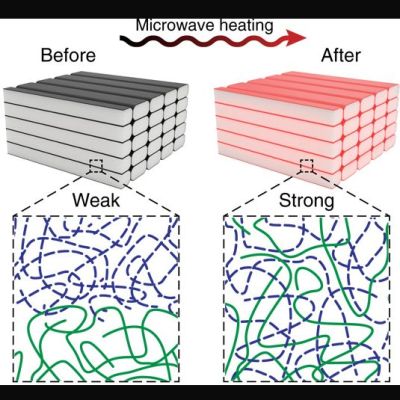You’ve probably noticed that everywhere you go — the doctor’s office, hotels, or retail shops, there are tiny PCs everywhere. These small PCs often show up on the surplus market for a very good price, but they aren’t quite full-blown PCs. They usually have little option for expansion and are made to be cheap and small. That means many of them have custom and anemic power supplies. We aren’t sure if [bm_00] needed a regular power supply to handle a graphics card or if the original power supply died, but either way, the HP small-form-factor box needed a new power supply. It took some clever work to be able to use a normal power supply in the little box.
At first, we thought this wouldn’t be much of a story. The motherboard surely took all the regular pins, so it would just be a matter of making an adapter, right? Apparently not. The computers run totally on 12V and the motherboard handles things like turning the computer on and off. The computer also was trying to run the power supply’s fan which needed some work arounds.
Continue reading “Giving A Proprietary Power Supply The Boot”


![Wearables queen [Becky Stern] with a microcontroller and a speaker. And a skull!](https://hackaday.com/wp-content/uploads/2025/01/becky-stern-800.jpg?w=600&h=450)
















